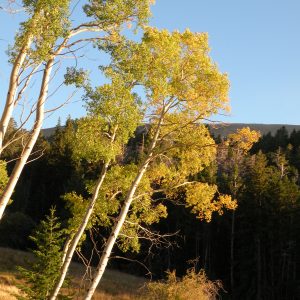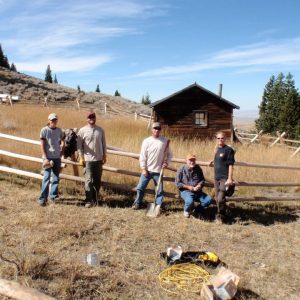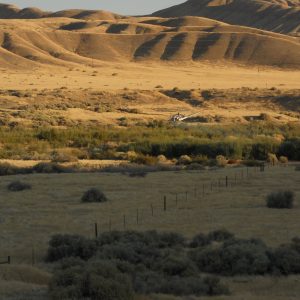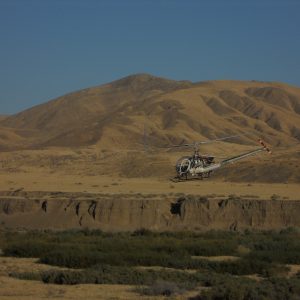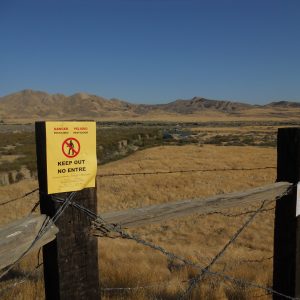Extraordinary… just about five months have passed now and my whole life has changed. Cliché? Perhaps, but true none the less. I flew from Guatemala expecting a structured job consisting of plant collections and completing the working herbarium. Now memories flood my mind as I recapitulate the actual occurrences of these months. Learning database management, re-using html I learned in tenth grade, organizing hundreds of vouchers, monitoring fire plots, figuring out GPS units, getting excited for finding new or beautiful plants, learning GIS, learning traditional climbing, canyoneering, hiking more than 15 miles in a day (with a heavy pack), archaeology, diving deep into the curling stamen of cacti flowers, cooling down in waterfalls, walking for hours in a river (The Narrows), getting caught on slick rock in the dark because of watching the moonrise, using telemetry to find desert tortoise (found 7!), seeing condors, big horned sheep, owls, rattle snakes, a mountain lion, peregrines, and crazy tourists… yet still being more excited about finding a rare fern or gentian in bloom than any of the animals I have seen, hence reminding me that plant science was the right career choice… all these moments sum up a fraction of what this season has been. When work feels more like play, and all these 150 days feel like the most brilliant time of my life, I know I am in the right place.
The right place is more than just a physical point in time and space. It’s a state of being. And I see now how open-mindedness, expansive personalities, and general excitement to be alive is really what makes any physical place the right place to be. I came to Zion a novice in life and love, and now I finish the internship knowing that I am capable of so much. We are all capable of infinite knowledge, of independence, or countless opportunities, all as long as we believe in ourselves and give those around us a chance to confer all their learned lessons, thus enriching our lives and expanding our horizons. For now, Zion is really the physically right place to be, and I am lucky enough to be volunteering here for another two months after the internship ends. This way, I will finish the projects I have developed. Staying also gives me the opportunity to further expand my repertoire of techniques and get me ready for the next great adventure. I thank CLM masterminds for making this internship a possibility, my mentor for giving me so much freedom yet still expecting the best of me and in this way keeping me constantly striving for excellence on every dimension. I thank all the wonderful people I have had the honor and pleasure to meet, those who have taught me to love the world more deeply…








